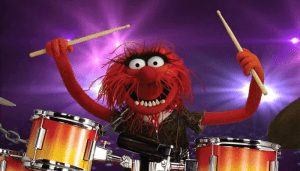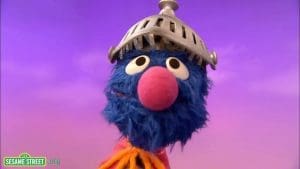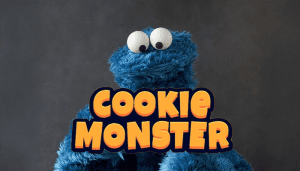In the vibrant and whimsical world of Jim Henson’s Muppets, each character brings something unique to the table. From the eternally optimistic Kermit to the fiery diva Miss Piggy, the Muppets are beloved for their humor, charm, and personality. However, not every puppet has been a hit among audiences. While “worst” might be subjective, the characters in this blog post have sparked controversy, confusion, or simply lacked the allure that has endeared so many Muppets to fans worldwide. Let’s dive into the world of felt and fur to explore five Muppets that have often been regarded as less-than-stellar by critics and fans alike.
- Elmo’s Number One Fan: Elmo
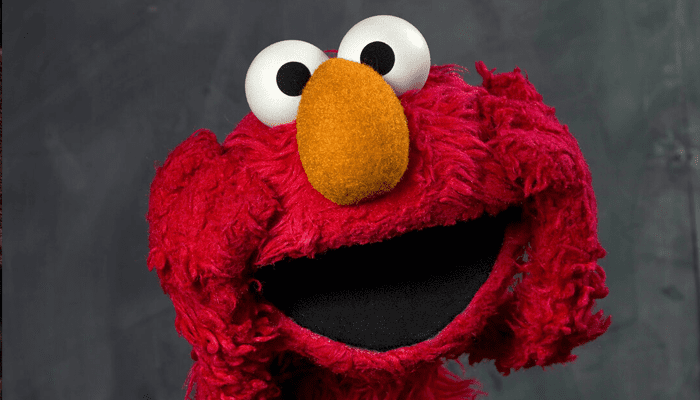
Ah, Elmo. This ubiquitous red monster with his signature giggle and third-person speech has captured the hearts of millions of children. But for some, particularly adults, his overly enthusiastic persona and perpetual childlike wonder can be irksome. While he’s not a traditional “worst” Muppet in terms of character design or concept, his sheer omnipresence since the 1990s has rubbed some fans the wrong way.
For many, Elmo feels overexposed, especially during the “Elmo’s World” era on Sesame Street. His segment often sidelined other beloved characters and shifted the show’s educational tone. Elmo’s simplicity and repetitive nature, intended to engage young viewers, might translate to a lack of depth for older audiences. Despite this, his popularity suggests that the very traits some find annoying are what make him a modern Muppet icon.
- A Failed Antagonist: Miss Poogy

Miss Poogy made her debut in the 2011 film The Muppets as a member of the Moopets, a parody clan of the original Muppet troupe. Designed to be a rough-and-tumble version of Miss Piggy, Miss Poogy wasn’t widely embraced.
Her brash, crude personality was intended as a comically dark reflecdtion but ended up falling flat with audiences. It’s not just that Miss Poogy is a parody; it’s that she lacks the charm and depth that make Miss Piggy an enduring character. Where Piggy is a complex mix of ambition and affection, Poogy was a one-dimensional antagonist without nuance. This made her memorable, but not loved.
- The Experiment Gone Wrong: Digit
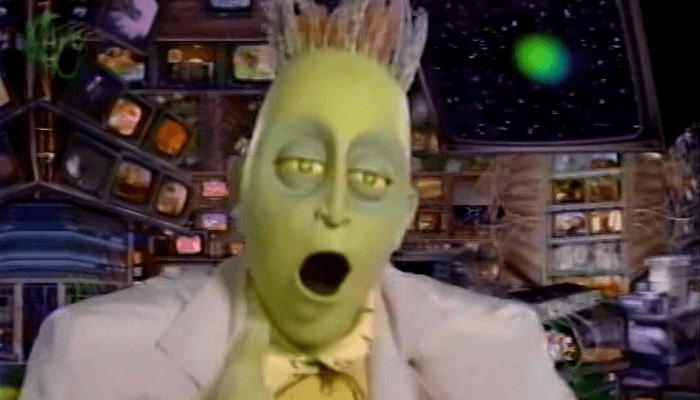
Digit, from the lesser-known The Jim Henson Hour, was an animatronic creature with wires all over his body, acting as a technological genius. Though innovative in design, this Muppet failed to leave a positive impression due in part to his unsettling appearance and somewhat lifeless interactions.
Despite having a potentially interesting premise — a computer whiz responsible for the technical side of a fictional TV show — Digit never managed to resonate with audiences. His clunky demeanor and limited expression made it difficult for viewers to connect with him, a crucial factor in the Muppet magic. Additionally, The Jim Henson Hour itself struggled with ratings, leading to Digit’s obscurity.
- The Insufferable Foe: Uncle Deadly
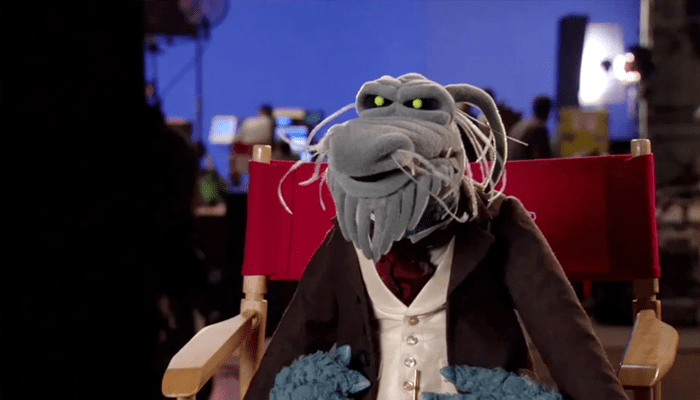
Though not disliked in the same way as others on this list, Uncle Deadly started as an insufferable character before gaining appreciation later in Muppet history. Originally a villain from the less successful Muppet Show arc, Uncle Deadly’s grotesque and frightening visage, along with his ominous persona, made him a tough sell as a lovable Muppet.
As time passed, however, Uncle Deadly was reimagined, transforming from a marginally received character into a quirky, cult favorite, especially after his charming appearance in The Muppets (2011), where he served as a scene-stealing assistant instead of a villain. This evolution displays the potential for Muppets to undergo transformations balancing both humorous and menacing traits in the same character.
- The Just-For-Adults Experiment: Johnny Fiama

Johnny Fiama is from Muppets Tonight, a show that attempted to capture the charm of the original series while weaving in more adult humor. Johnny, a crooner styled after 1950s and 60s Italian-American musicians, alongside his bodyguard Sal Minella, represented an effort to inject the Muppets with fresh characters and humor.
Despite the talented work by his puppeteer, Johnny never quite landed. His dramatic singing and stereotypical mafioso style felt out of place, lacking the heart and accessibility found in traditional Muppet humor. Johnny embodied an experiment, somewhat aiming for an adult demographic, that didn’t align with the expectations of its broader audience. While he had his moments, his presence underscored the complexity of introducing entirely new character archetypes to the Muppet ensemble.
Conclusion:
Rating Muppets as “worst” is a challenging task, especially considering that each character was crafted with passion and creativity. However, the world of entertainment is subjective, and perceptions of characters continually evolve. The Muppets’ enduring legacy shows the magic of puppet artistry and character development. Even those Muppets who seemingly missed the mark still contribute to the rich tapestry that is the Muppet world.
In reflecting on these particular Muppets, we are reminded of the experimental nature of Jim Henson’s work. Each character, loved or not, contributes to the ongoing conversation about creativity, humor, and relatability in puppetry. As much as there might be the characters who were critiqued harshly, they will always be part of the fabric that keeps the Muppets vibrant, unpredictable, and loved by audiences for decades.


